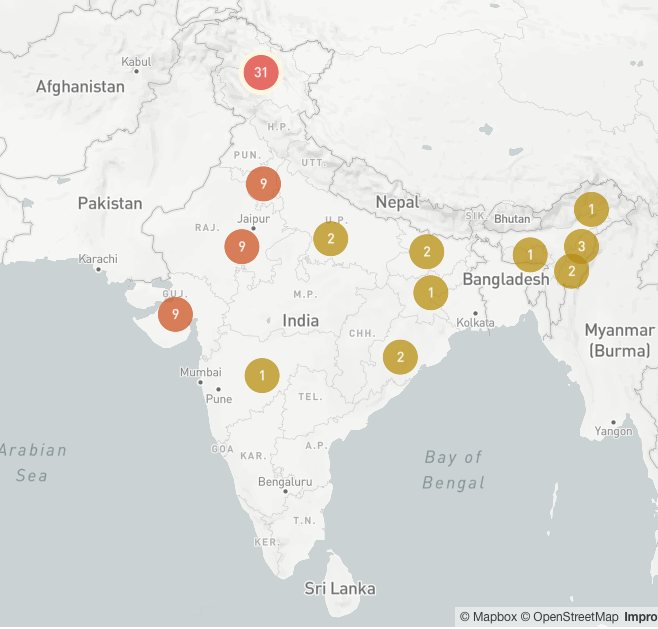By George Friedman
 The crisis with North Korea has quieted down. Or, to be more precise, the major media outlets have drastically lost interest in it. In truth, the situation is the same as it was while the headlines were filled with foreboding. The Democratic People’s Republic of Korea has reached a point in its nuclear and missile programs that it appears either to have deliverable weapons or to be near that point. The United States appears to be uncertain of which it is but finds both unacceptable. Its policy, stretching back many administrations, is that the United States cannot live with a nuclear North Korea because it cannot be certain of Pyongyang’s intention. Nuclear weapons in North Korea’s hands could threaten Tokyo and Seoul immediately and, later, as the North’s missile program matures, the United States.
The crisis with North Korea has quieted down. Or, to be more precise, the major media outlets have drastically lost interest in it. In truth, the situation is the same as it was while the headlines were filled with foreboding. The Democratic People’s Republic of Korea has reached a point in its nuclear and missile programs that it appears either to have deliverable weapons or to be near that point. The United States appears to be uncertain of which it is but finds both unacceptable. Its policy, stretching back many administrations, is that the United States cannot live with a nuclear North Korea because it cannot be certain of Pyongyang’s intention. Nuclear weapons in North Korea’s hands could threaten Tokyo and Seoul immediately and, later, as the North’s missile program matures, the United States.
The United States continues to maintain a carrier battle group, along with at least one reported submarine, near the Korean Peninsula. U.S. strategic aircraft based in Guam remain available for a strike. North Korea still has masses of artillery, guarded by air defense systems, in place to threaten Seoul. Nothing has happened in the past few weeks that ought to have calmed the situation, yet here we are.
The U.S. government is the reason for that. Administrations know how to promote or demote a foreign crisis. They do this simply and inexpensively by using the media’s short attention span. The threats that President Donald Trump’s administration was issuing against North Korea generated focused and intense interest. By halting the alarming statements, or repositioning them so they are issued by someone outside the White House, the media’s attention drifts elsewhere. The media, regardless of its feelings toward an administration, still has its attention controlled by the administration. This is a paradox we should all ponder. If there is no White House announcement, there is no “crisis.”
















